This is from the ODNB 1900
BOWLES, EDWARD (1613-1662), presbyterian minister, was born in February 1613 at Sutton, Bedfordshire. His father, Oliver Bowles, B.D., minister of Sutton, was one of the oldest members of the Westminster Assembly, and author of:
Bowles was educated at Catherine Hall, Cambridge, under Sibbes and Brownrigge. He was chaplain to the second Earl of Manchester, and after the surrender of York, 15 July 1644, was appointed one of the four parliamentary ministers in that city, officiating alternately at the minster and Allhallows-on-the-Pavement. On 10 June 1645 the House of Commons voted him 100l.as one of the ministers in the army. His preaching is said to have been extremely popular, even with hearers not of his own party. Among the presbyterians of the city and district he was the recognised leader; nay, it is said that, without being a forward man, 'he ruled all York.' On 29 Dec. 1657 he wrote to Secretary Thurloe, urging the suppression of preachers who advocated the observance of Christmas. Matthew Pool, the commentator, thought more of his judgment than of any other man's. He was a man of some humour. In 1660 he was active in the restoration of the monarchy, accompanying Fairfax to Breda, and incurring some odium with his friends for over-zeal. He did not, however, flinch from his presbyterianism, though report said that the deanery of York was offered to him. Bradbury relates that Bowles, on leaving London after the Restoration, said to Albemarle, 'My lord, I have buried the good old cause, and I am now going to bury myself.' Excluded from the minster, he continued to preach at Allhallows, and subsequently at St. Martin's, besides conducting a Thursday lecture at St. Peter's. The parishioners of Leeds petitioned the king in April 1661 for his appointment to that vicarage, but it was given to John Lake (afterwards bishop of Chichester). Efforts were made (Calamy says by Tillotson and Stillingfleet) to induce him to conform ; but when asked in his last illness what he disliked in conformity, he replied 'The whole.' Calamy reckons him among the silenced ministers, but he died just before the act came into force, and was buried on 23 Aug. 1662. His wife, who predeceased him, was a grand-daughter of Matthew Hutton, archbishop of York, and widow of John Robynson of Dighton. Bowles's portrait (which has been photographed) was in 1869 the property of Leonard Hartley of Middleton Tyas, a collateral descendant. He published:
The will, dated 9 July 1707, codicil 21 Aug. 1710, of the presbyterian Dame Sarah Hewley (born 1627, died 23 Aug. 1710), widow of Sir John Hewley, knt. (died 1697), left a large estate to found several trusts for almshouses, preachers, and students ; a condition of admission to the almshouses being the repeating of Mr. Edward Bowles's catechism. The trust having descended to anti-trinitarian hands, a suit was begun on 18 June 1830, which ended in the removal of the trustees by a judgment of the House of Lords given on 5 Aug. 1842. Much use was made on both sides of the doctrinal statements and omissions in the catechism. This suit was the immediate occasion of the passing of the Dissenters' Chapels Act, 1844.

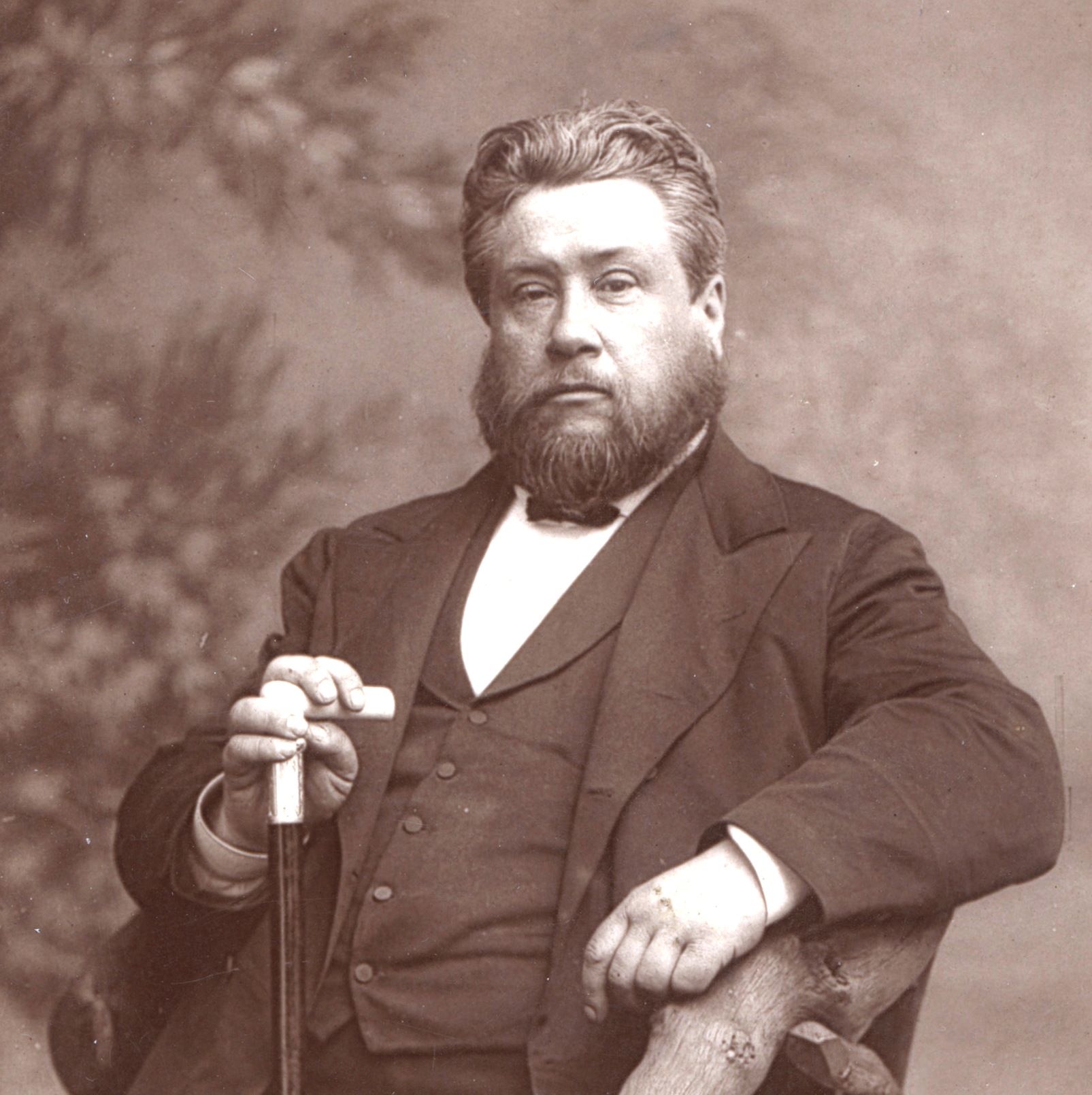
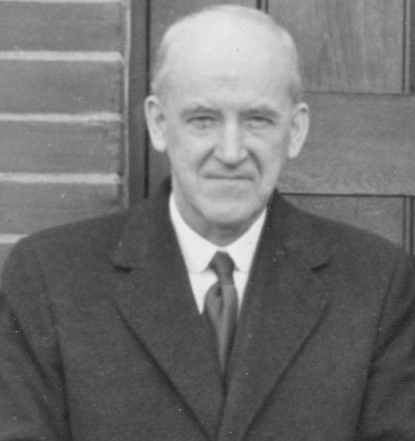
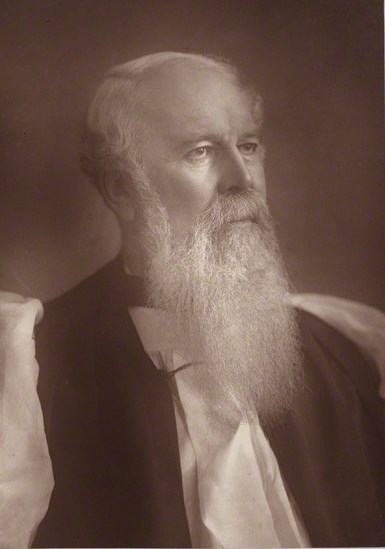










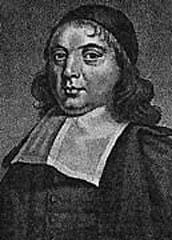

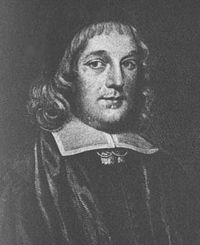

.jpg/220px-Thomas_Watson_(Puritan).jpg)
No comments:
Post a Comment